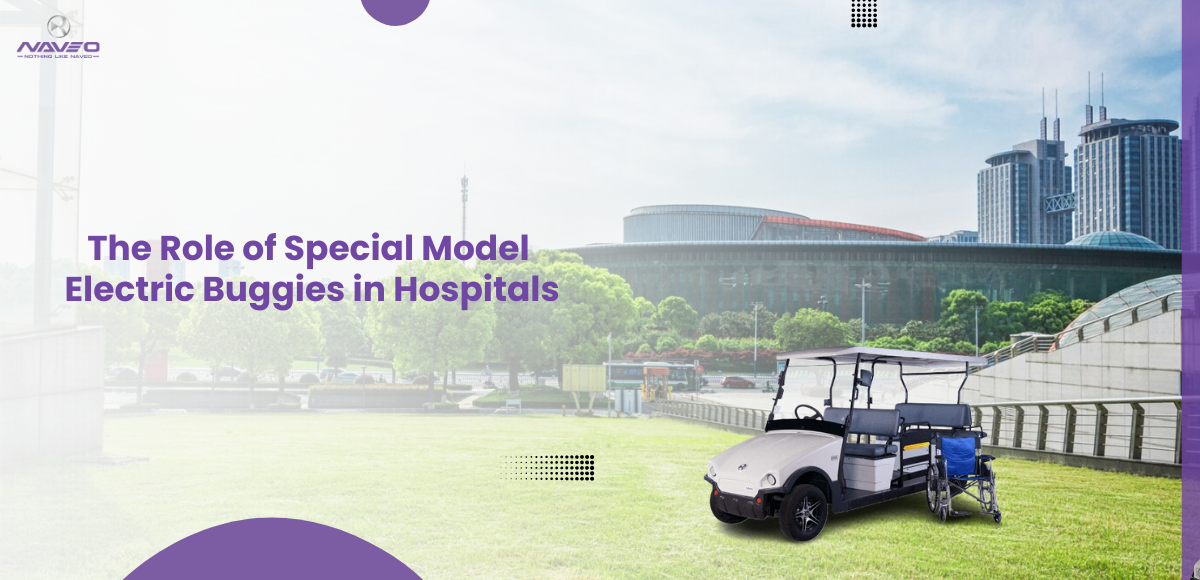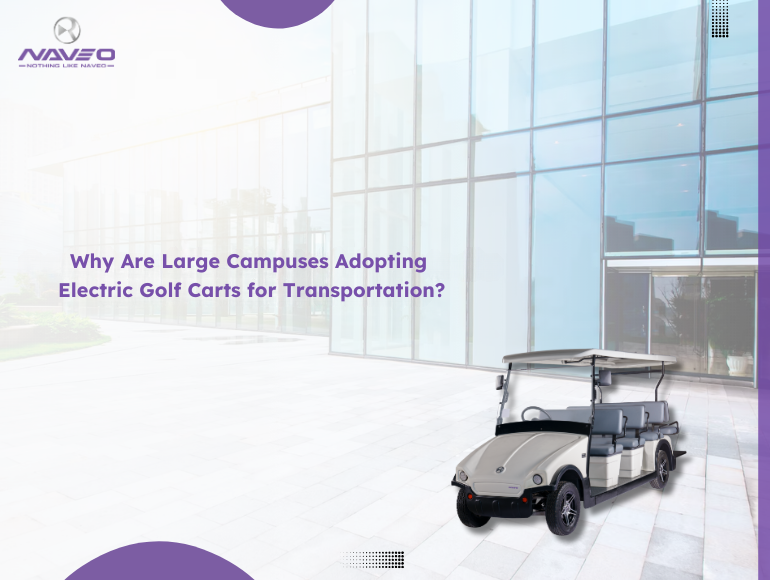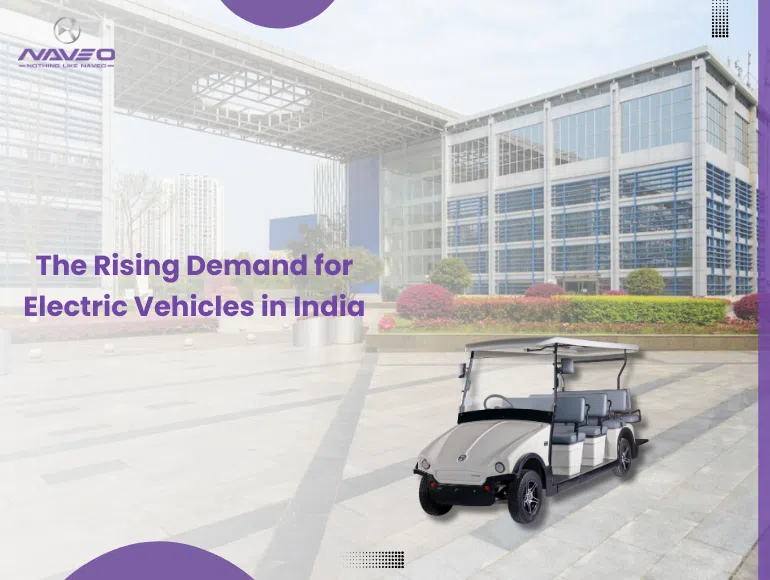Introduction:
In the realm of healthcare, every aspect is meticulously designed to prioritize patient well-being. From cutting-edge medical treatments to compassionate bedside care, hospitals continually seek innovative solutions to enhance the overall patient experience. One such innovation that has gained prominence in recent years is the utilization of particular model electric buggies or patient buggies within hospital premises. These purpose-built vehicles, often resembling golf carts, play a pivotal role in streamlining patient transportation and improving accessibility within healthcare facilities. Let’s delve deeper into how hospitals benefit from integrating these specialized vehicles into their operations.
Efficient Patient Transportation:
Hospital campuses are often vast, and navigating them can be challenging for patients, especially those with mobility issues or undergoing treatment. Passenger vehicles for hospitals, such as electric buggies, offer a convenient mode of transportation, allowing patients to move swiftly between different departments, clinics, or buildings within the hospital premises. This not only saves time but also reduces the physical strain on patients, particularly the elderly or those recovering from surgery.
Enhanced Accessibility:
Accessibility is paramount in healthcare settings to ensure that patients can access the care they need without barriers. Special model vehicles designed specifically for hospitals are equipped with features to enhance accessibility, such as ramps and spacious seating areas. These patient buggies accommodate patients with wheelchairs or mobility aids, facilitating seamless access to medical facilities and services.
Improved Patient Experience:
A positive patient experience is fundamental to the success of any healthcare institution. Electric buggies for hospitals contribute to enhancing the overall patient experience by offering comfortable and convenient transportation options. Patients appreciate the ease of travel provided by these specialized vehicles, which reduces stress and enhances their sense of well-being during their hospital visits.
Optimized Operational Efficiency:
In addition to benefiting patients, special model vehicles also contribute to hospitals’ operational efficiency. By facilitating efficient patient transportation, these vehicles help minimize delays and bottlenecks in the delivery of care. Hospital staff can utilize electric buggies to transport patients between different areas swiftly, thereby improving workflow and resource utilization.
Safety and Security:
Patient safety is a top priority in healthcare, and unique model electric buggies are designed with stringent safety standards in mind. These vehicles are equipped with features such as seat belts and secure seating arrangements to ensure the safety of patients during transportation. Additionally, electric buggies reduce the risk of accidents or injuries compared to traditional modes of patient transportation.
Collaboration with Golf Cart Buggy Manufacturers:
Many hospitals collaborate with golf cart buggy manufacturers to design and procure specialized vehicles tailored to their specific needs. These partnerships ensure that hospitals have access to high-quality, reliable electric buggies that meet their transportation requirements while adhering to safety standards.
Conclusion
Particular model electric buggies play a crucial role in revolutionizing patient transportation within hospitals. By providing efficient, accessible, and safe transportation options, these vehicles contribute to a positive patient experience and optimize operational efficiency. As healthcare institutions continue to prioritize patient-centered care, the integration of electric buggies underscores a commitment to innovation and excellence in healthcare delivery.




